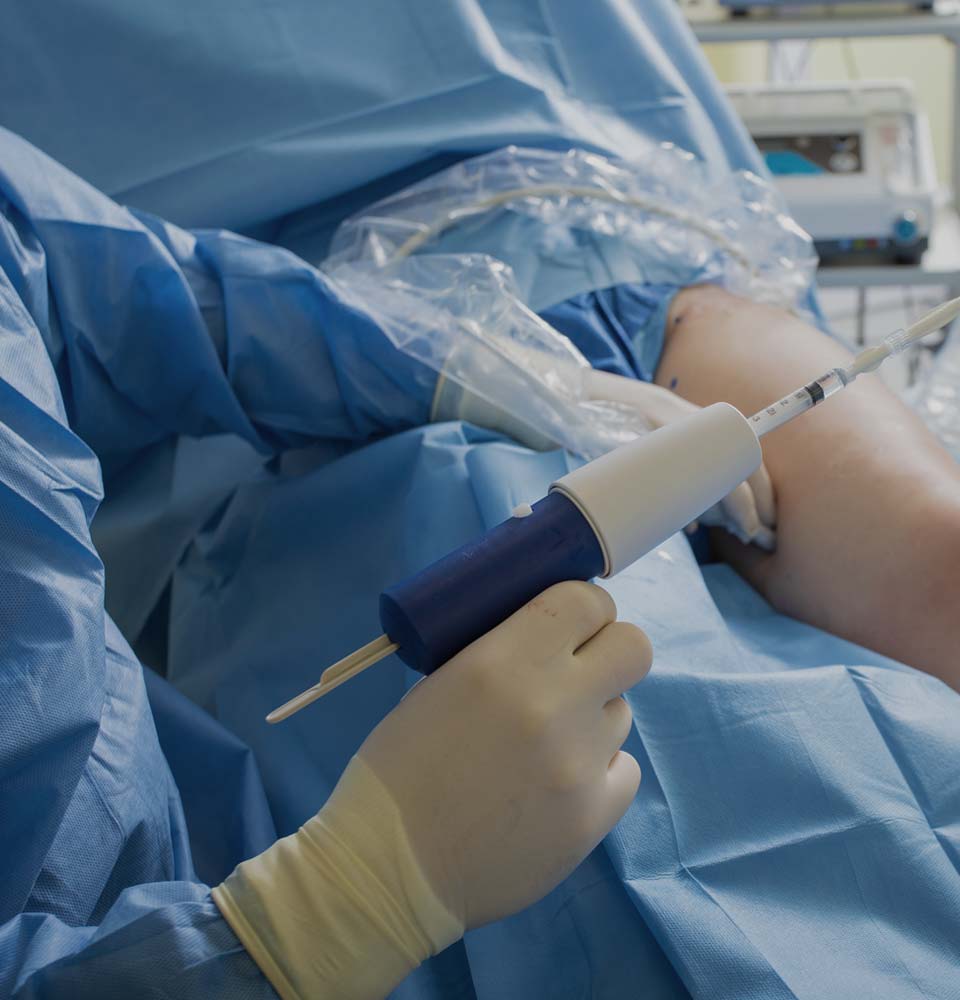

- Home
- Why Us?
- About
- Articles
Featured
Featured
- Recent
The 10 Lies That Varicose Vein Patients Believe in Pittsburgh
by Pittsburgh Vein Doc | Jul 20, 2018 | 0
- Varicose Veins
- Patient Info
- Contact
Select Page
Of all of the varicose vein procedures, it is perhaps the most minimally invasive.
Venaseal is an FDA approved injectable adhesive or medical grade glue which treats the underlying source of varicose veins.
Those are usually the saphenous veins.
It stops the reversal of venous blood flow or reflux by sealing the vein shut.
www.pittsburghveindoc.com/2016/11/25/venaseal-varicose-vein-glue
If you have painful and visible varicose veins in your legs, Venaseal treatment may be a good choice for you.
It does not involve heat to close the targeted saphenous vein like the laser or radiofrequency alternatives.
Once the saphenous vein is closed, blood is immediately rerouted to other healthy veins in the leg. Your circulation is improved.
It does not require tumescent anesthesia to numb the vein.
Instead about a teaspoon full of cyanoacrylate glue (the medical equivalent of “Krazy glue” or “Superglue”) is injected inside of the saphenous vein along its length.
No surgery is required.
Clinical trials involving three major studies have proven that it is safe and effective. It is minimally invasive.

Only one spot needs to be numbed in your lower leg to insert the catheter into the saphenous vein.
That means all you feel in the way of discomfort is one pinch.
However, usually the visible bulging veins will not disappear completely. Later either sclerotherapy (injections) or phlebectomy (removal of the actual varicose veins on the skin through mini incisions) are usually required later.
After the catheter entry site is numb with a small amount of local anesthesia, a catheter is inserted into the saphenous vein under ultrasound guidance.
This entrance site is usually below your knee.
When the catheter is in the correct position, the glue is applied – one drop at a time – along the inside of the vein about an inch or so apart.
The procedure takes about thirty minutes or less. A band aide is applied to the entrance site.
You can resume normal activities and even exercise the same day.
You can’t feel the glue which is inside the vein since it is soft and elastic.
The biggest drawback is that about 10 to 20% of people will develop an inflammatory reaction called phlebitis over the treated vein.
The clinical trials have been extended to five years. Follow up is presently ongoing.
This procedure must be considered as an implantable device.
Even patients who were morbidly obese did well and had the most improvement.
Adhesives have been used to treat other areas of the body for decades.
Arteriovenous malformations in the brain, orthopedic, dental and eye surgery is employing adhesive glue in selected cases.
For many patients, glue is used instead of stitches for skin cuts in the emergency room.
An insurance code to bill for this procedure will be available in 2018 but insurance coverage will vary depending on your plan.
Take the next step, contact the Kavic Laser and Vein Center today.
Take the next step, contact the Kavic Laser and Vein Center today.
Links to Important Medical Affiliations and Societies
Dr. Kavic is associated with several medical societies and accreditation groups.
Dr. Kavic is associated with several medical societies and accreditation groups.